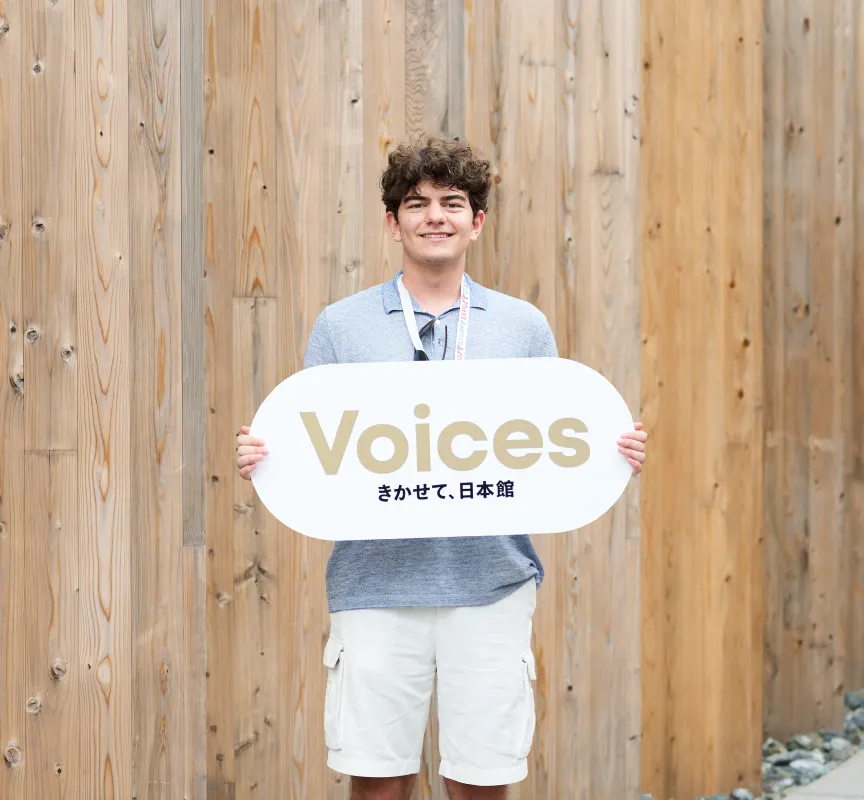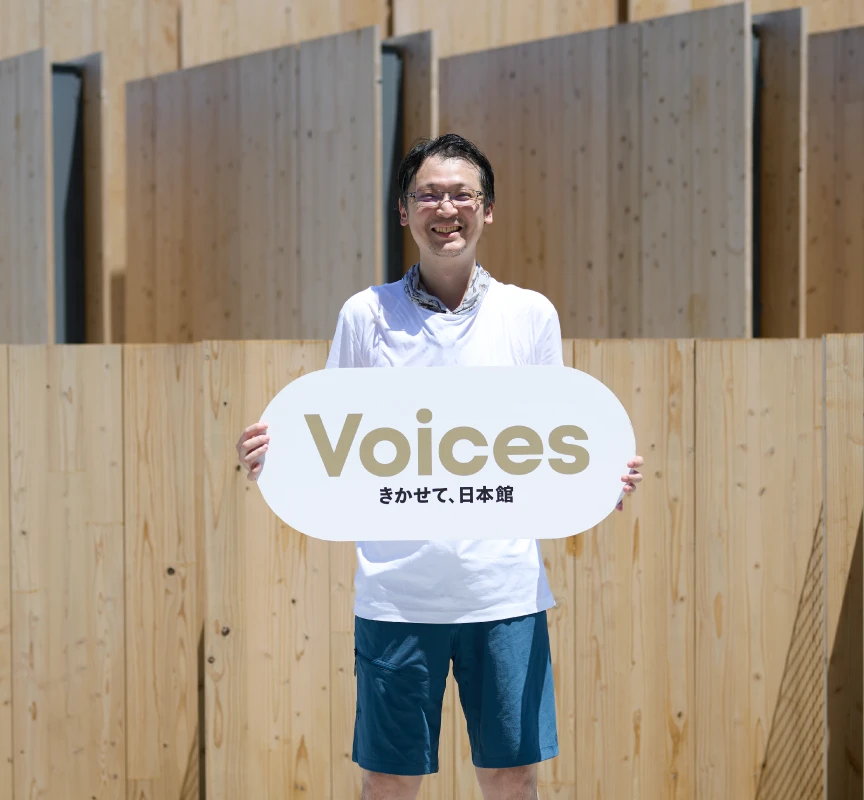- Locale
- ja
- en
Feature
Voices [Part 1]
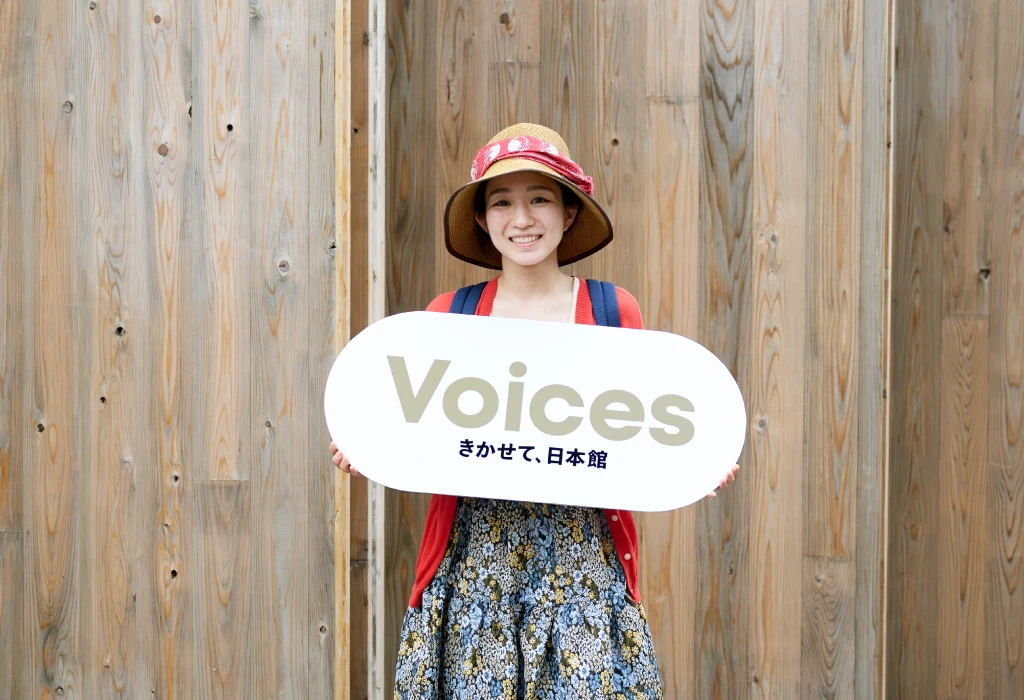
Index
Witnessed the starting point for cycles / Yu-chan (26, Tourism)
It’s important to sort waste properly / Maya (32, Company employee)
Algae to become more common in daily life / Smith (39, Hair stylist)
Cherish water and make it cleaner / Y-kun (9, Elementary school student)
I wonder if you can drink the water? / Ta-kun (84, Social insurance and labor consultant)
Circulating feels better than throwing away / Haruka (31, Musician)
How do I fix this instead of throwing it away? / Senko (59, Homemaker)
The Kansai dialect is another example of a cycle / Takuya (24, Japan Pavilion attendant)
How was the Japan Pavilion? What new discoveries were there? We asked visitors to share what they thought and experienced. Let their voices be a guide as you explore the pavilion—and a chance to notice the cycles happening all around you.
Witnessed the starting point for cycles / Yu-chan (26, Tourism)

What was your favorite exhibit at the Japan Pavilion?

Yu-chan
The exhibit in which waste and light flowed together was really impressive. It’s difficult to articulate well, but I thought it was great to see the starting point for how the waste we produce is turned into the objects we use on a daily basis.
What was something you learned at the pavilion?

Yu-chan
The 3D printed stools also began as waste. Seeing how they transform in appearance and shape as they’re made me think, “Wow!” It gave me an understanding of the series of cycles behind the transformation from waste to objects. And the Gallery of Soft Things also made me realize that I should be proud of Japanese culture and craftsmanship.
Can you think of a cycle in your everyday life?

Yu-chan
One example are kimonos worn on ceremonial occasions. I wore my mother's furisode-style kimono at my coming-of-age ceremony. And I even wore it at my university’s graduation ceremony. So, I now cherish and wear something that my grandmother originally bought for my mother. I want to cherish the connections between people and things, and I want to keep that going for future generations, too.
It’s important to sort waste properly / Maya (32, Company employee)
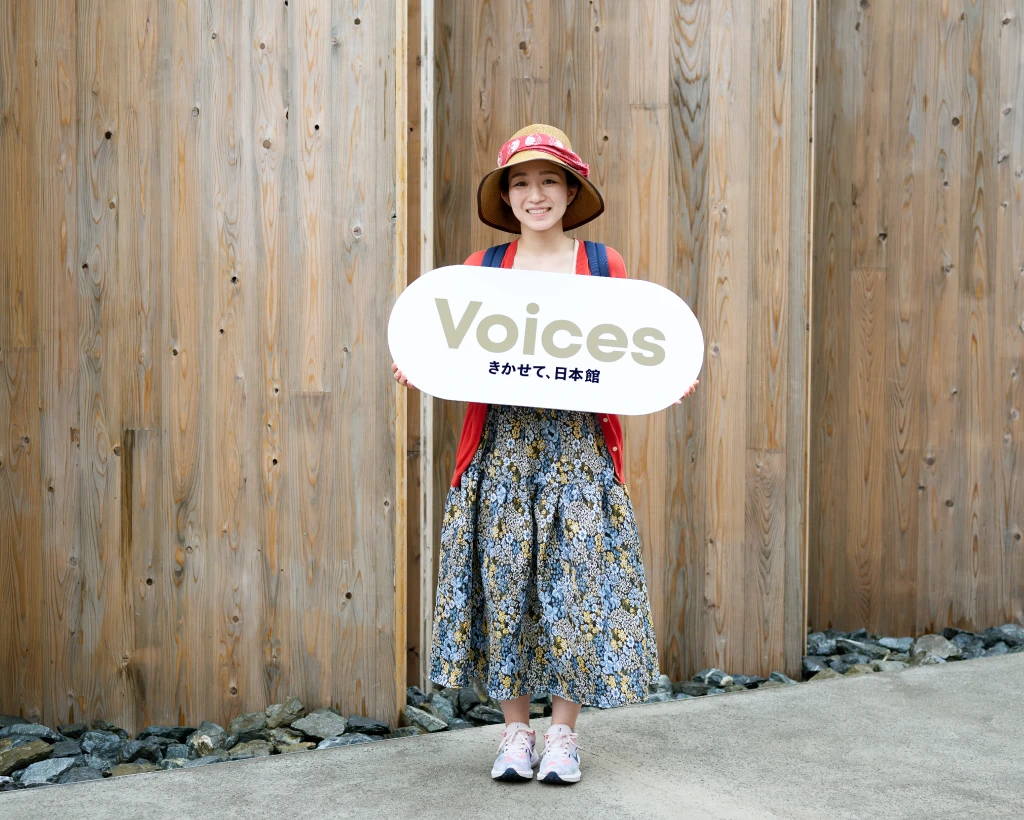
What was your favorite exhibit at the Japan Pavilion?

Maya
My favorite was the Hello Kitty exhibit. The sculptures were cute. And I had no idea there were so many different types of algae, plus I was surprised that they play different roles. I took photos as I couldn’t read all the explanations on the spot.
What was something you learned at the pavilion?

Maya
I had no idea that water and energy could be generated with the help of microorganisms. Seeing that so much energy can be generated from waste made me think how important it is to sort waste properly. Before visiting the Japan Pavilion, I only knew about recycling. I was surprised to learn that the water, heat, and other components can be recovered and used again.
Can you think of a cycle in your everyday life?

Maya
I compost at home with planters, which turn kitchen waste into soil. It turns back into nice soft soil. In the planters I grow flowers and vegetables. Right now, I am growing summer vegetables like tomatoes, cucumbers, as well as pumpkins. The pumpkin seeds budded after I put them in the compost.
Algae to become more common in daily life / Smith (39, Hair stylist)
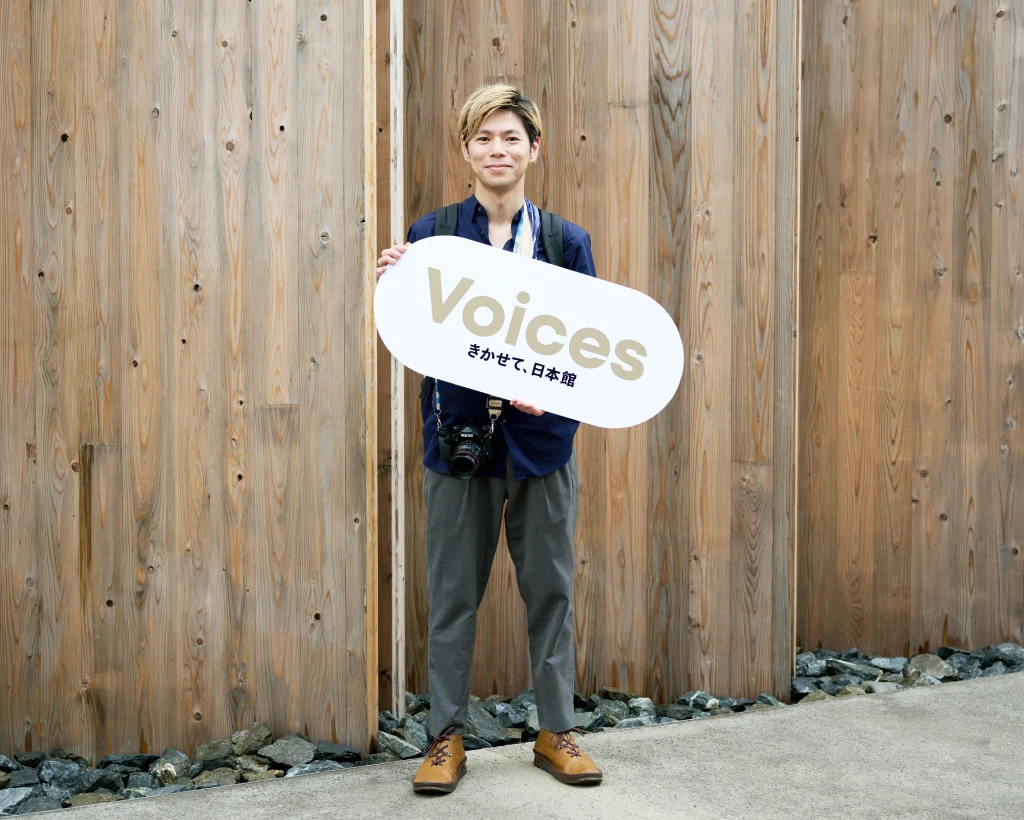
What was your favorite exhibit at the Japan Pavilion?

Smith
My favorite was the entire Factory Area. I was intrigued by the idea of Japan's traditional craftmanship as skills that will continue to be utilized in the future. The soccer ball interested me in particular. It seemed like an idea that would only be thought of in Japan.
What was something you learned at the pavilion?

Smith
Never would I imagine that algae could be used in such ways. The only image I had of algae was it being this slimy thing, so I was surprised to learn that it has such a high production efficiency for protein and other nutrients, and that it also offers well-balanced nutritional value. I knew algae products existed in everyday life. But now I'm looking forward to seeing them become more common.
Can you think of a cycle in your everyday life?

Smith
One example is a circle of friends. Sometimes it grows, and sometimes it shrinks little by little. Although I may change the shape it takes, I try to not let it disappear completely. My rule is to never decline invitations from others. Both my father and my boss imparted on me the importance of valuing connections with others. I was surprised to hear both of them say the same thing.
Cherish water and make it cleaner / Y-kun (9, Elementary school student)
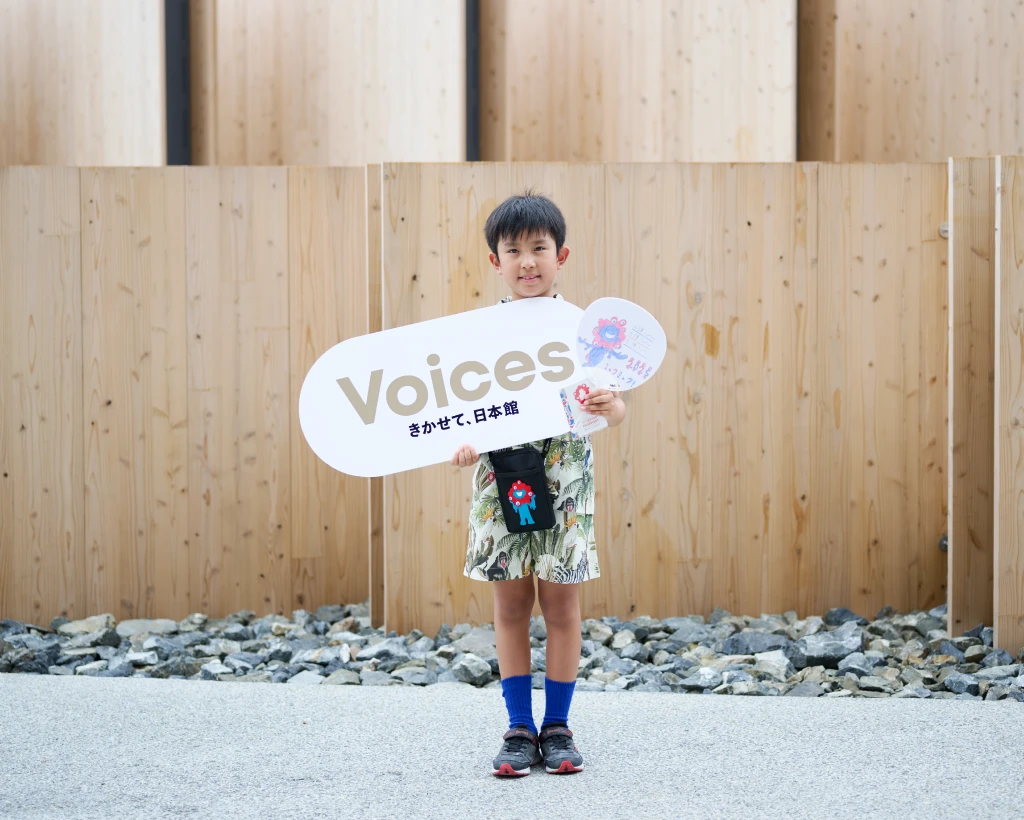
What was your favorite exhibit at the Japan Pavilion?

Y-kun
My favorite was the Hello Kitty exhibit. Hello Kitty disguised as various algae was cute. I liked the wakame seaweed one the most.
What was something you learned at the pavilion?

Y-kun
At the exhibit where water droplets fall and create patterns, the falling water droplets made a sound like a drum. It was fun because the sound changed depending on where the water droplets fell. I’m learning the taiko drum now, and the sound was kind of similar.
Can you think of a cycle in your everyday life?

Y-kun
The cycle of water. I took a class on endangered species and learned how the sea turtles are sad because the ocean is dirty. I want to cherish water, use it in a cleaner way, and make it cleaner.
I wonder if you can drink the water? / Ta-kun (84, Social insurance and labor consultant)
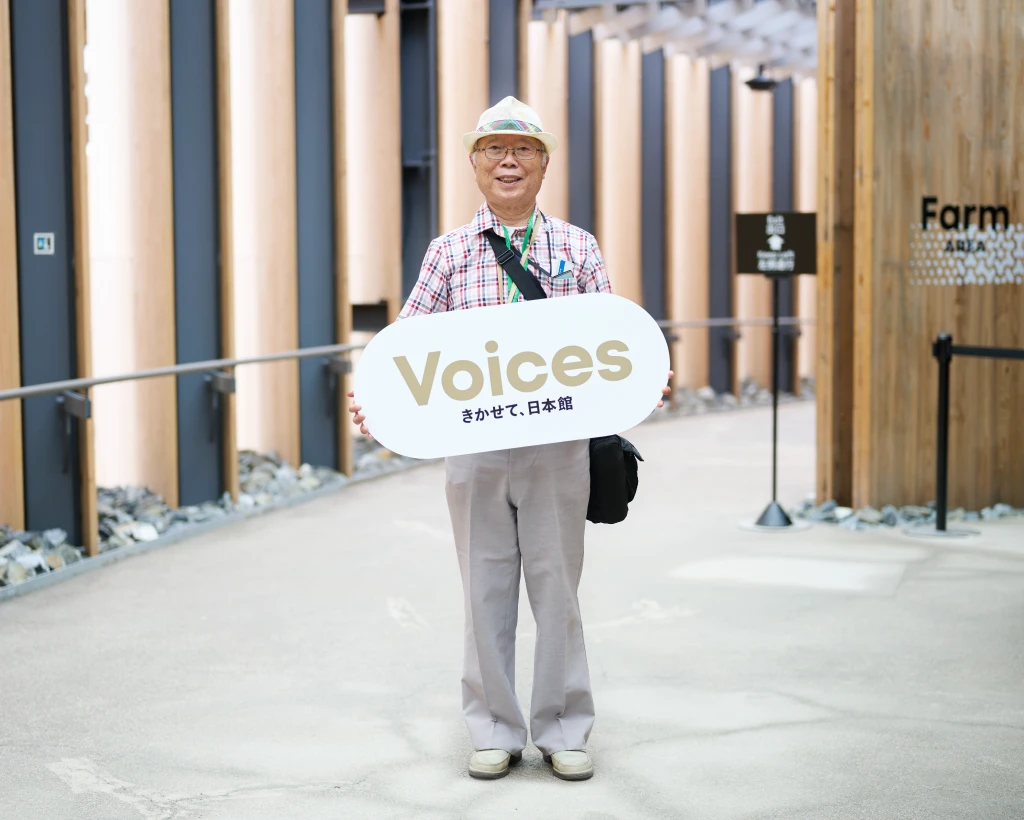
What was your favorite exhibit at the Japan Pavilion?
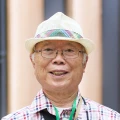
Ta-kun
The water in the reflecting pool was beautiful. It looked so clean that I wonder if you can drink it? It’s incredible to think that waste can transform into something so clean and pure. I had never thought this was possible.
What was something you learned at the pavilion?

Ta-kun
I was just so surprised to see waste turn into something so clean and pure. Turning what I thought was dirty into energy, and algae into products— it's wonderful that we can see such technology at the Japan Pavilion! I was really impressed.
Can you think of a cycle in your everyday life?

Ta-kun
Human health. Health to me is about food, exercise, and the mind. If you do bad things, they will bring bad results. If you do good things, you will see improvements.
Circulating feels better than throwing away / Haruka (31, Musician)
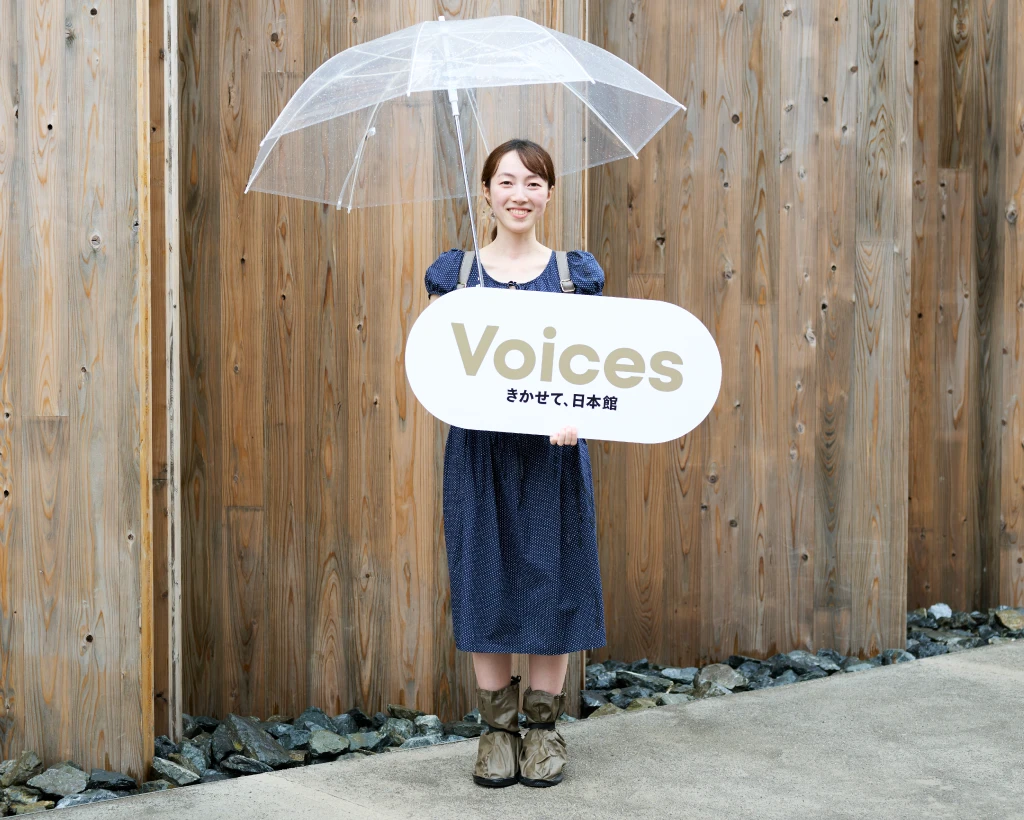
What was your favorite exhibit at the Japan Pavilion?
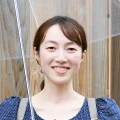
Haruka
My favorite was the water art on the diatomaceous earth canvas where patterns were created by falling water droplets. Visible only for an instant before it starts to disappear, the art is ephemeral and beautiful. The cherry blossom-like pattern was wonderful. And because I work in music, it was also interesting to hear the rhythmic sound of the water droplets falling.
What was something you learned at the pavilion?

Haruka
I was surprised to learn that waste, when it decomposes, can be transformed into energy and water. There is a rule in the community where I live that says we have to separate kitchen waste from burnable garbage. To be honest, it's a hassle. But knowing that it can be transformed into so many different things makes me want to continue to separate my waste properly.
Can you think of a cycle in your everyday life?

Haruka
When I want to declutter, I sell things on flea market sites or look for people in my community who need them. It takes more time and energy than throwing them away, but if there is someone who needs them or will cherish them after me, I think that’s a better way of doing things. Hoping that these things circulate forever might be an exaggeration, but I think it’s a cycle on a small scale.
How do I fix this instead of throwing it away? / Senko (59, Homemaker)
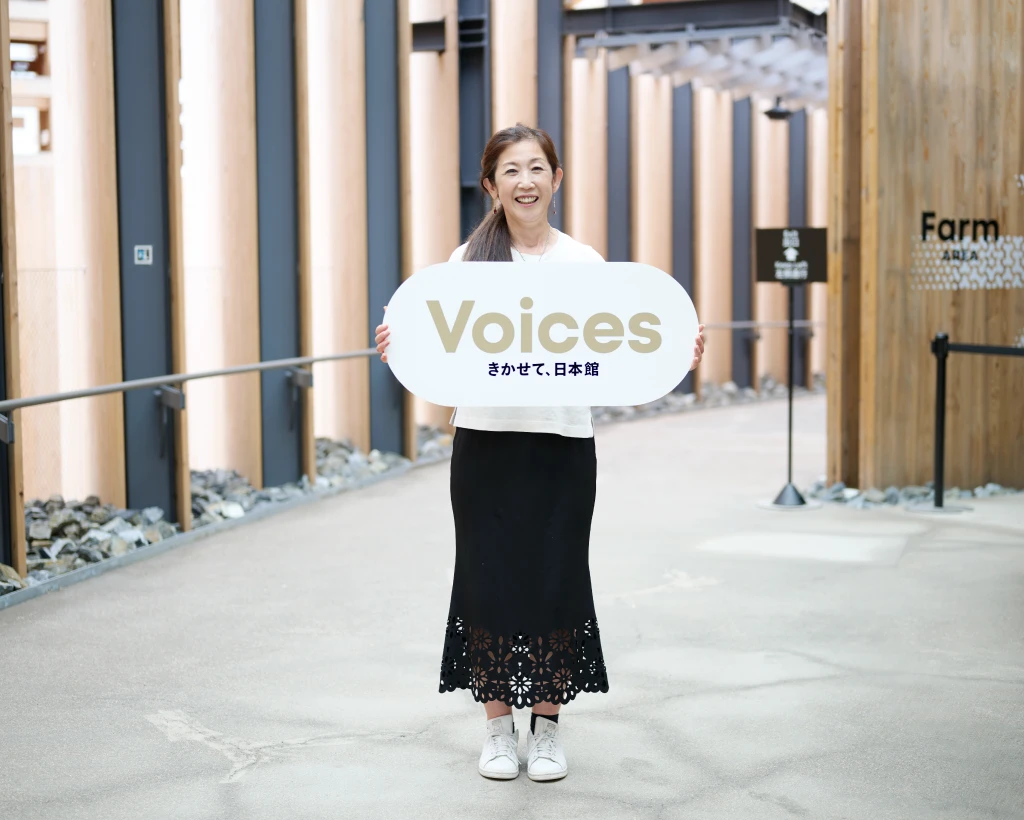
What was your favorite exhibit at the Japan Pavilion?
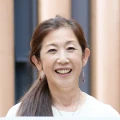
Senko
Every exhibit was great. At the biogas plant, I learned that the actual waste from the expo is treated and reused in this way. My favorite was the algae aquarium. Think about it, there are algae living in there. I just thought it was incredible.
What was something you learned at the pavilion?

Senko
I was amazed to learn that there are so many varieties of algae. I had no idea, so I was surprised at the large number of Hello Kitty sculptures. It made me wonder, is wakame seaweed also algae? Plus, I learned its protein production efficiency is tens of times greater than that of soybeans. Algae is amazing.
Can you think of a cycle in your everyday life?

Senko
Reusing something instead of buying something new right away, especially clothes. Instead of throwing an item away when it gets torn, I think about how to fix it and transform it into something new. This is something I learned from my parents. I always upcycle clothes; I haven’t bought anything new in years.
The Kansai dialect is another example of a cycle / Takuya (24, Japan Pavilion attendant)
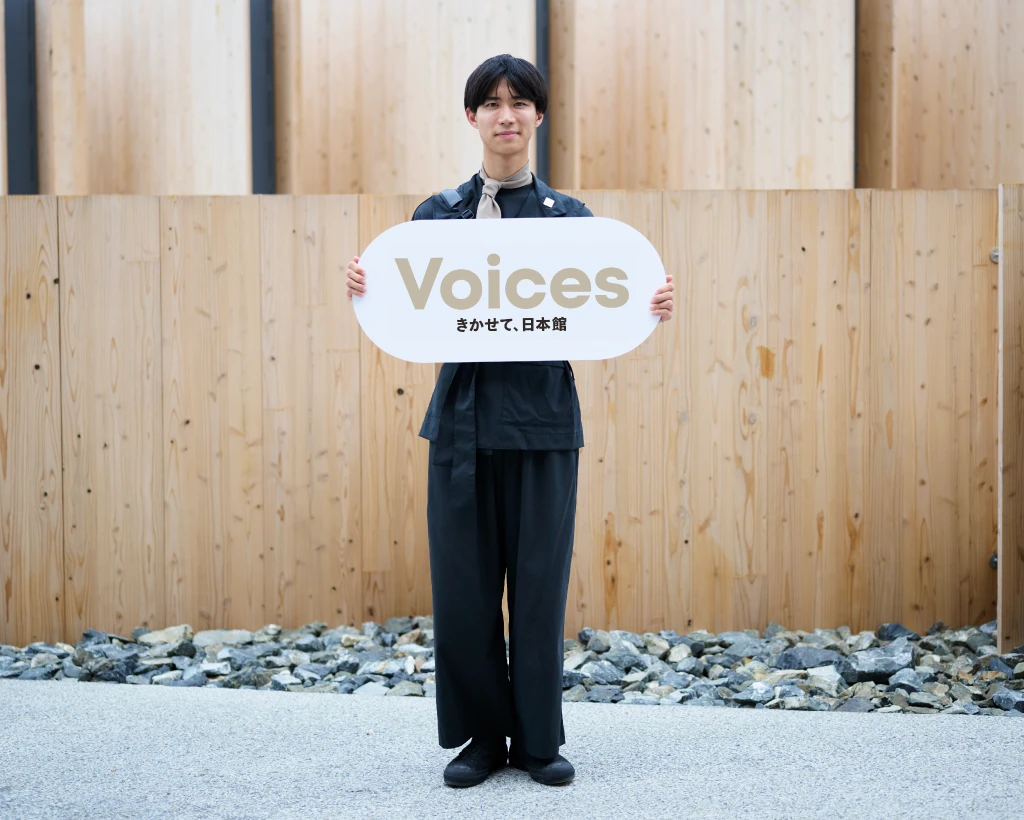
What was your favorite exhibit at the Japan Pavilion?

Takuya
My favorite was the Hello Kitty exhibit. Visitors should look at the exhibits and make sure to also read the text. For example, for caulerpa lentillifera, or sea grapes, Hello Kitty is disguised as grape-shaped algae. I really liked it because it features 32 different types of algae, expressing the individual characteristics of each.
What was something you learned at the pavilion?

Takuya
I realized how waste turns to water, water to materials, and materials to objects. The stools are made from algae; even the water supporting the algae was originally waste. The stools, too, will turn into waste and be reborn as something new. Cycles are incredible. When I saw it for the first time, it felt more like the future than it did our present world.
Can you think of a cycle in your everyday life?

Takuya
It's been three or four months since I moved from the Kanto region to the Kansai region to work as an attendant. I now feel like I’ve picked up some of the Kansai dialect. A dialect is one example of a cycle. I have inherited words unique to a region that have been used for generations. They are also changing little by little over time.
Let’s Share!
Do you want to be a part of “JUNKAN”?
Share your Japan Pavilion,
and ’circulate’ your thoughts.
